
Migration Series No.38: They also worked on the railroads Jacob Lawrence, 1940 – 1941

Migration Series No.39: Railroad platforms were piled high with luggage Jacob Lawrence, 1940 – 1941
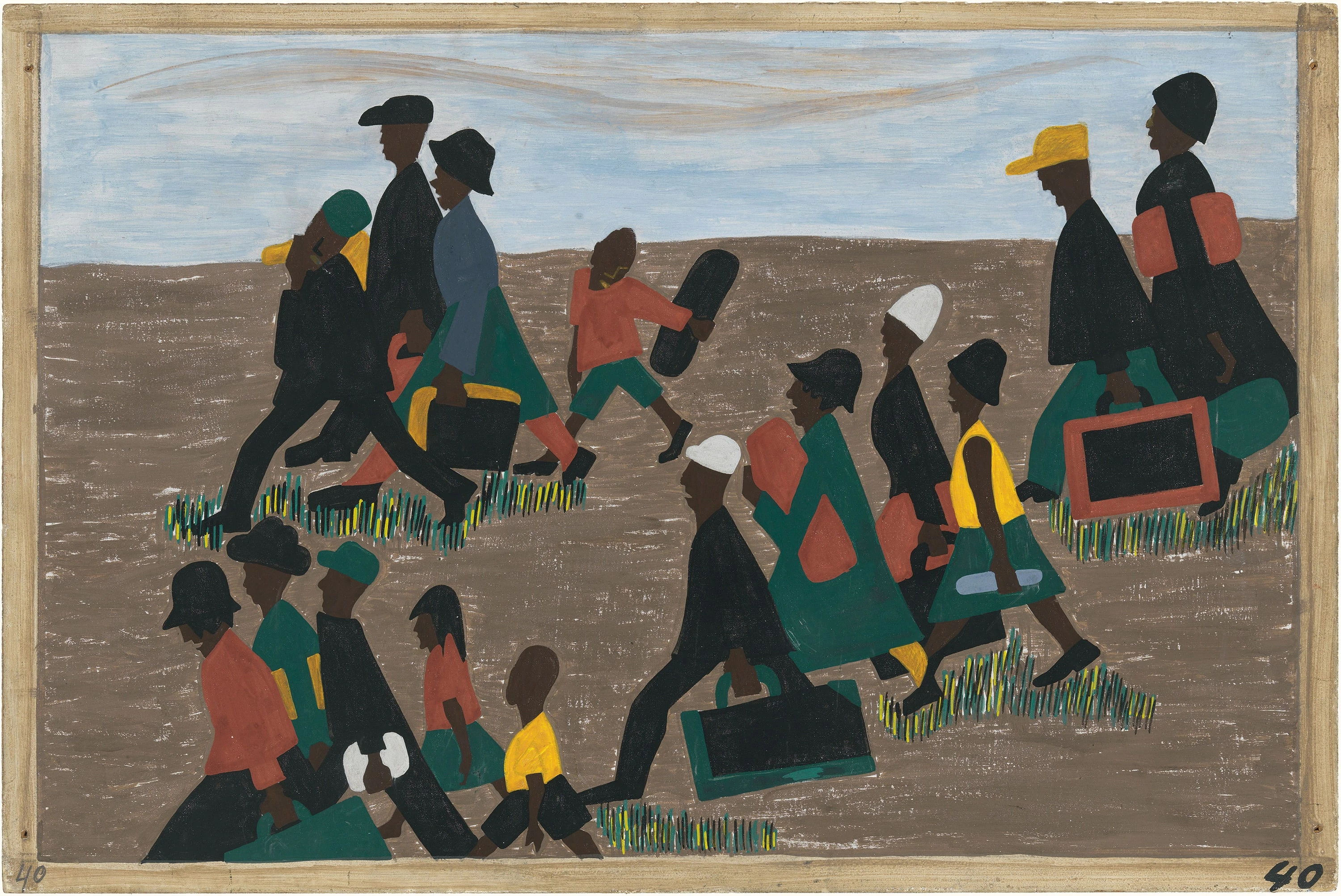
Migration Series No.40: The migrants arrived in great numbers Jacob Lawrence, 1940 – 1941

Migration Series No.41: The South was desperate to keep its cheap labor. Northern labor agents were jailed or forced to operate in secrecy Jacob Lawrence, 1940 – 1941

Migration Series No.42: To make it difficult for the migrants to leave, they were arrested en masse. They often missed their trains Jacob Lawrence, 1940 – 1941
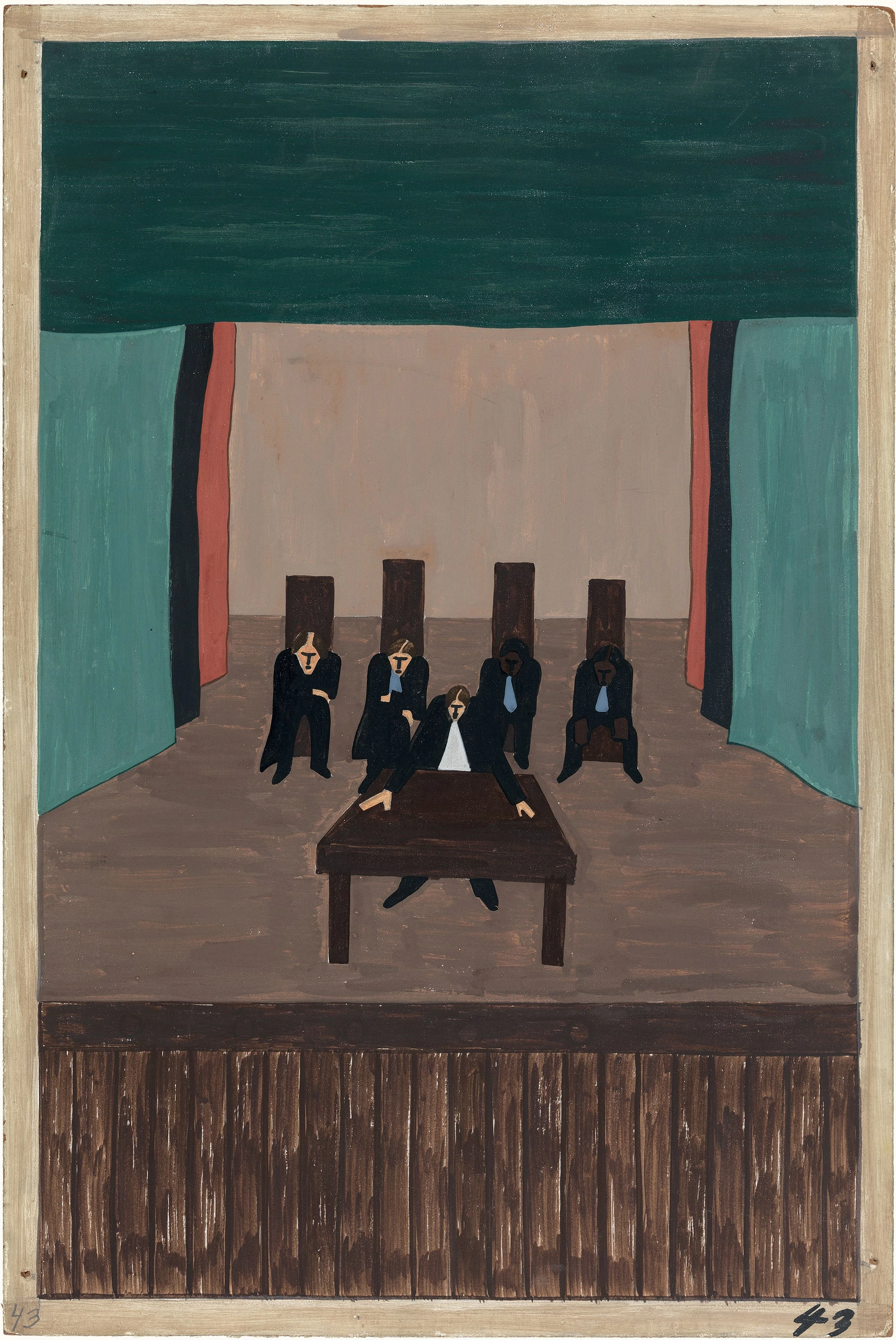
Migration Series No.43: In a few sections of the South leaders of both Black and White communities met to discuss ways of making the South a good place to live Jacob Lawrence, 1940 – 1941

Migration Series No.44: But living conditions were better in the North Jacob Lawrence, 1940 – 1941

Migration Series No.45: The migrants arrived in Pittsburgh, one of the great industrial centers of the North Jacob Lawrence, 1940 – 1941

Migration Series No.46: Industries boarded their workers in unhealthy quarters. Labor camps were numerous Jacob Lawrence, 1940 – 1941

Migration Series No.47: As the migrant population grew, good housing became scarce. Workers were forced to live in overcrowded and dilapidated tenement houses Jacob Lawrence, 1940 – 1941

Migration Series No.48: Housing was a serious problem Jacob Lawrence, 1940 – 1941

Migration Series No.49: They found discrimination in the North. It was a different kind Jacob Lawrence, 1940 – 1941

Migration Series No.50: Race riots were numerous. White workers were hostile toward the migrant who had been hired to break strikes Jacob Lawrence, 1940 – 1941

Migration Series No.51: African Americans seeking to find better housing attempted to move into new areas. This resulted in the bombing of their new homes Jacob Lawrence, 1940 – 1941

Migration Series No.52: One of the most violent race riots occurred in East St. Louis Jacob Lawrence, 1940 – 1941

Migration Series No.53: African Americans, long-time residents of northern cities, met the migrants with aloofness and disdain Jacob Lawrence, 1940 – 1941

Migration Series No.54: For the migrants, the church was the center of life Jacob Lawrence, 1940 – 1941
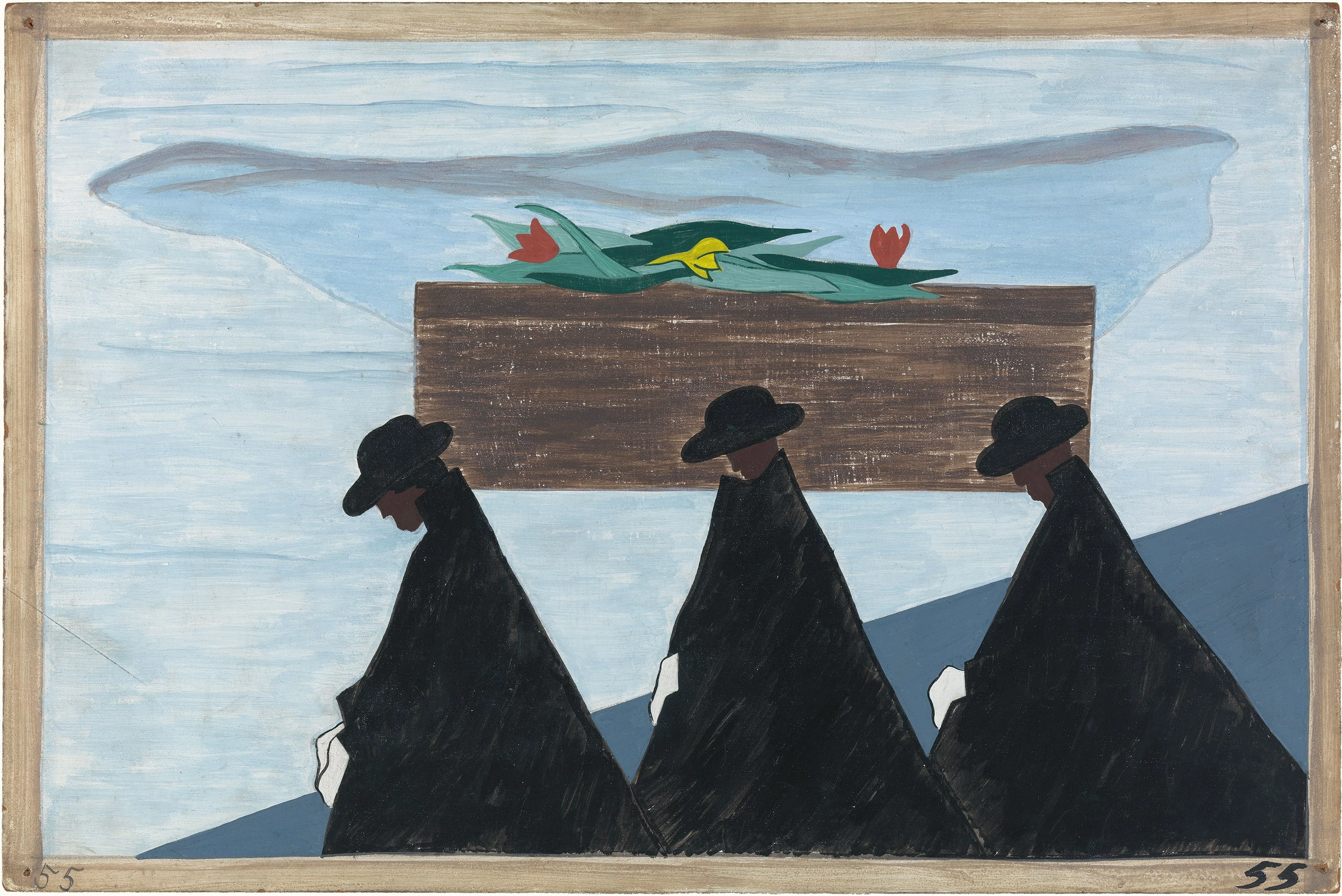
Migration Series No.55: The migrants, having moved suddenly into a crowded and unhealthy environment, soon contracted tuberculosis. The death rate rose Jacob Lawrence, 1940 – 1941

Migration Series No.56: The African American professionals were forced to follow their clients in order to make a living Jacob Lawrence, 1940 – 1941

Migration Series No.57: The female workers were the last to arrive north Jacob Lawrence, 1940 – 1941
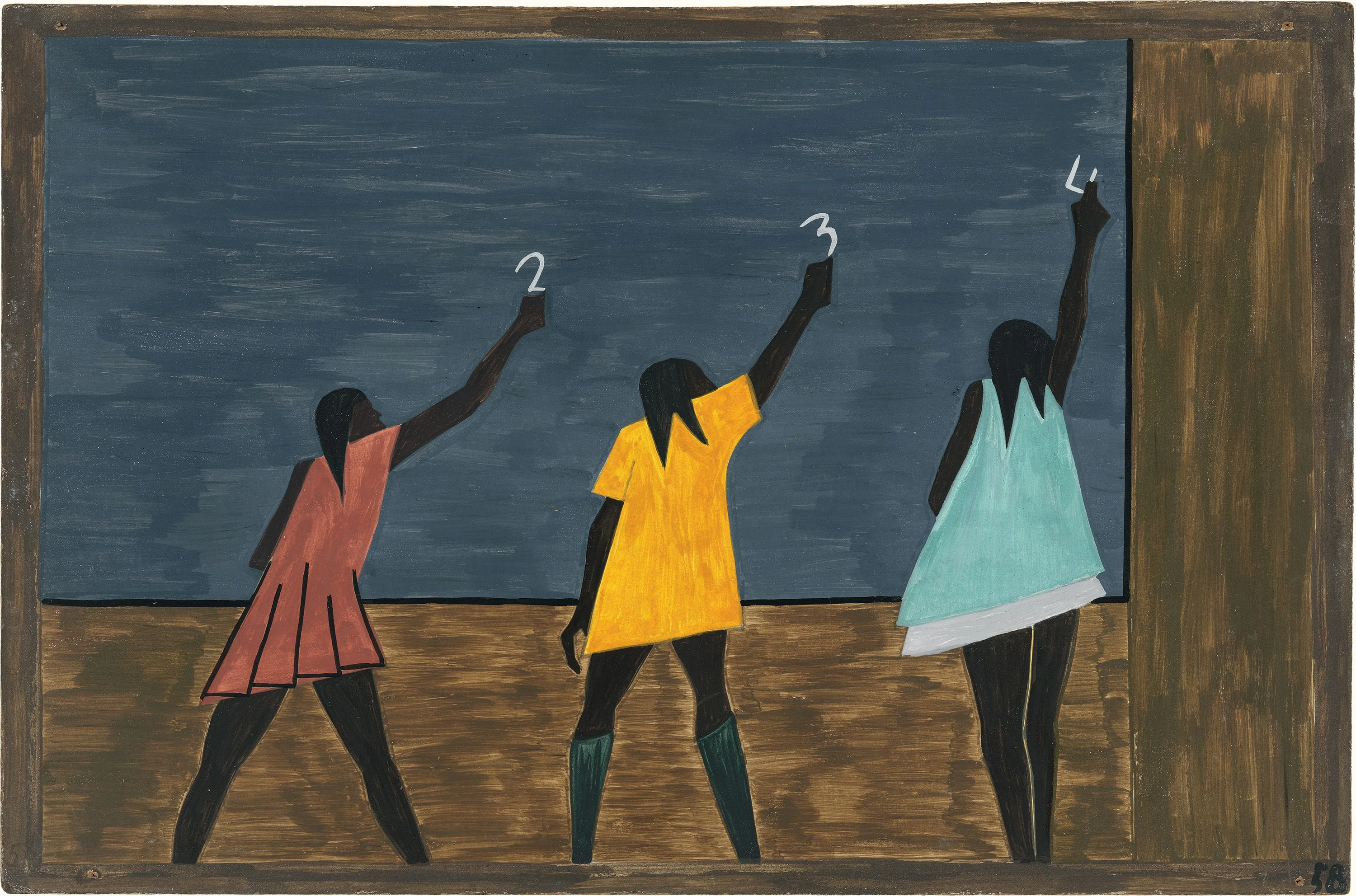
Migration Series No.58: In the North the African American had more educational opportunities Jacob Lawrence, 1940 – 1941

Migration Series No.59: In the North they had the freedom to vote Jacob Lawrence, 1940 – 1941

Migration Series No.60: And the migrants kept coming Jacob Lawrence, 1940 – 1941

Poem Object André Breton, 1941

Pueblo Craftsmen, Palace of the Governor Santa Fe Pablita Velarde, 1941

Red Hill and Bones Georgia O'Keeffe, 1941

The Magic Flower Game Dorothea Tanning, 1941

Woman in an Armchair Pablo Picasso, 1941

Workers Claude Clark, 1941

Abraham Lincoln, the Great Emancipator, Pardons the Sentry Horace Pippin, 1942

After Xhorkum Arshile Gorky, 1940 – 1942

American Gothic Gordon Parks, 1942

Ardhanarishvara Nandalal Bose, 1942

Blue Animal with Five Figures Bill Traylor, 1939 – 1942

Brown House with Multiple Figures and Birds Bill Traylor, 1939 – 1942
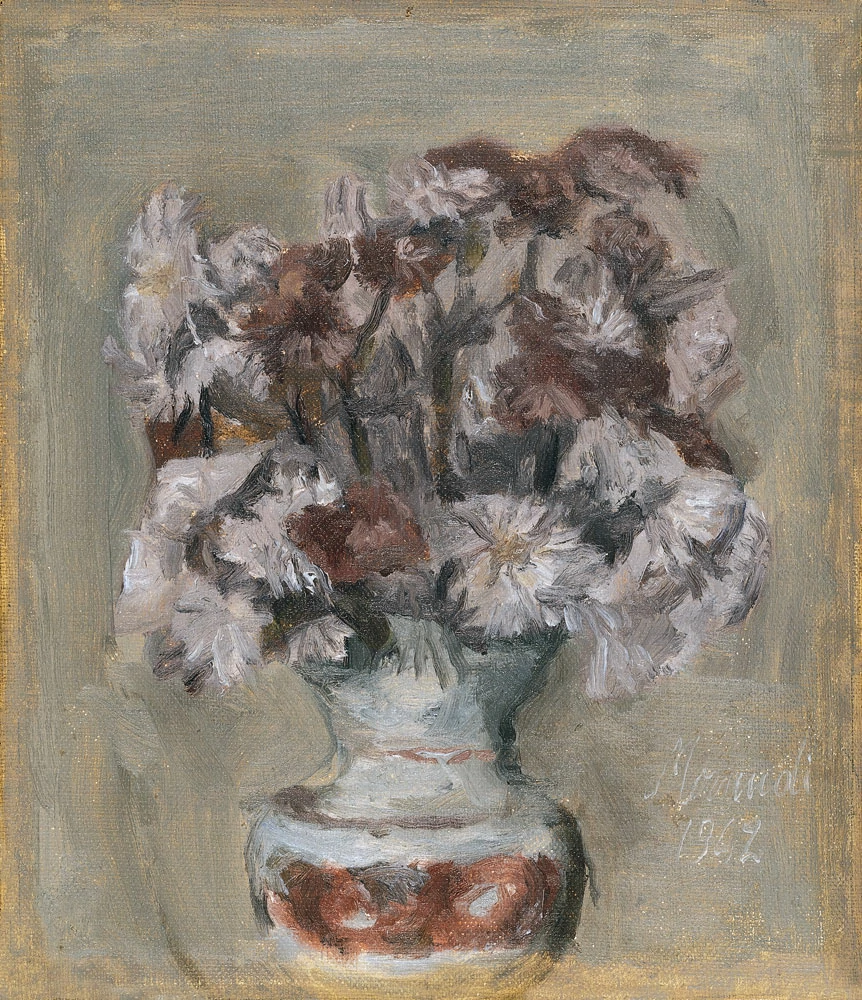
Flowers Giorgio Morandi, 1942
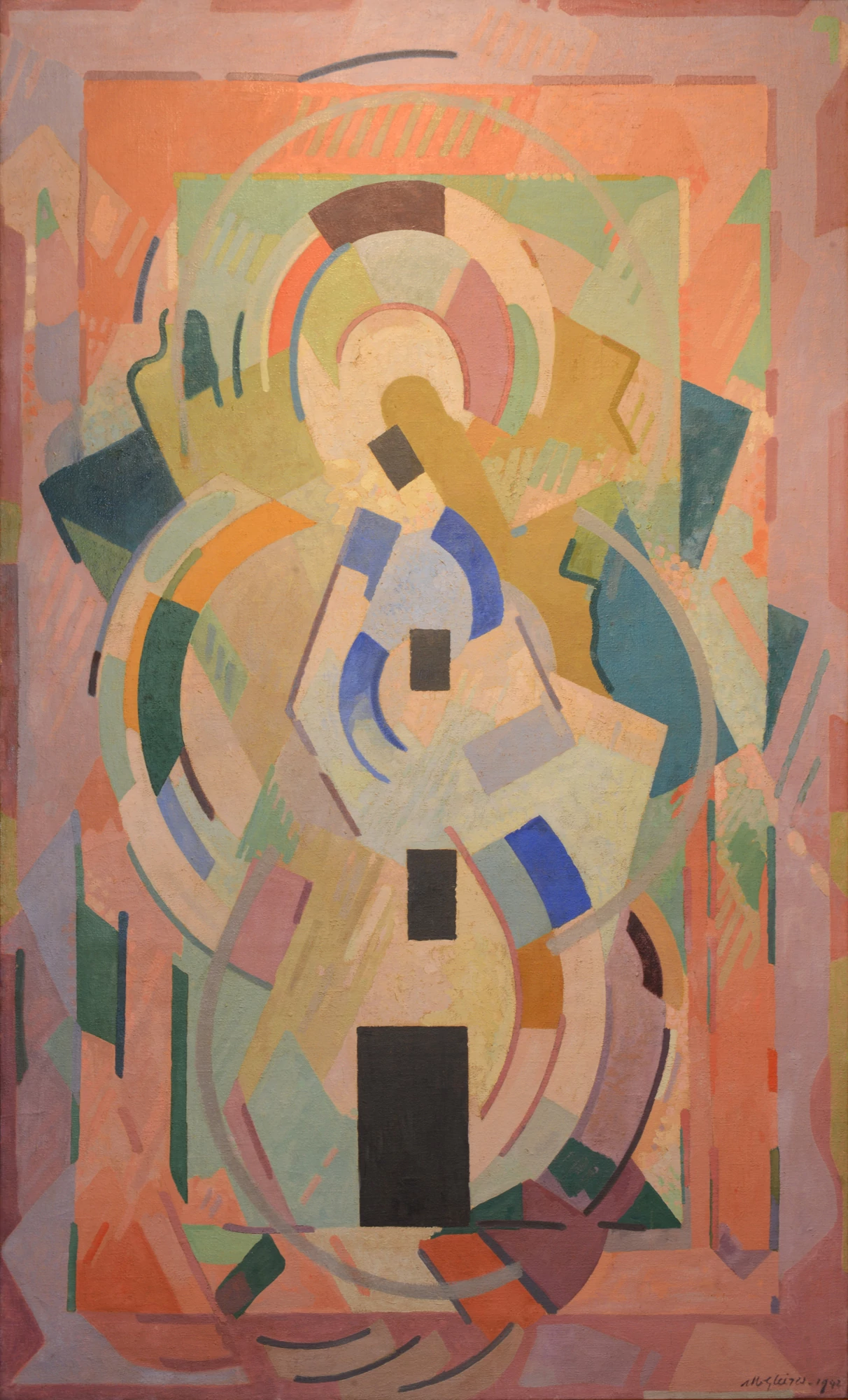
For contemplation Albert Gleizes, 1942

Homesteaders William H. Johnson, 1942

I Saluted at Six Paces Commandant Lefebvre des Noëttes André Breton, 1942

Mining in the Basin Théo Kerg, 1942

Mrs. Ella Watson Gordon Parks, 1942

Negro Women In Her Bedroom Gordon Parks, 1942

Nighthawks Edward Hopper, 1942

On the Plains Zlatyu Boyadzhiev, 1942

Portrait of Paul Robeson Gordon Parks, 1942

Photographers from the Negro press Gordon Parks, 1942

Portrait of Mrs. Hasellter Leonor Fini, 1942

Sunflowers Irma Stern, 1942
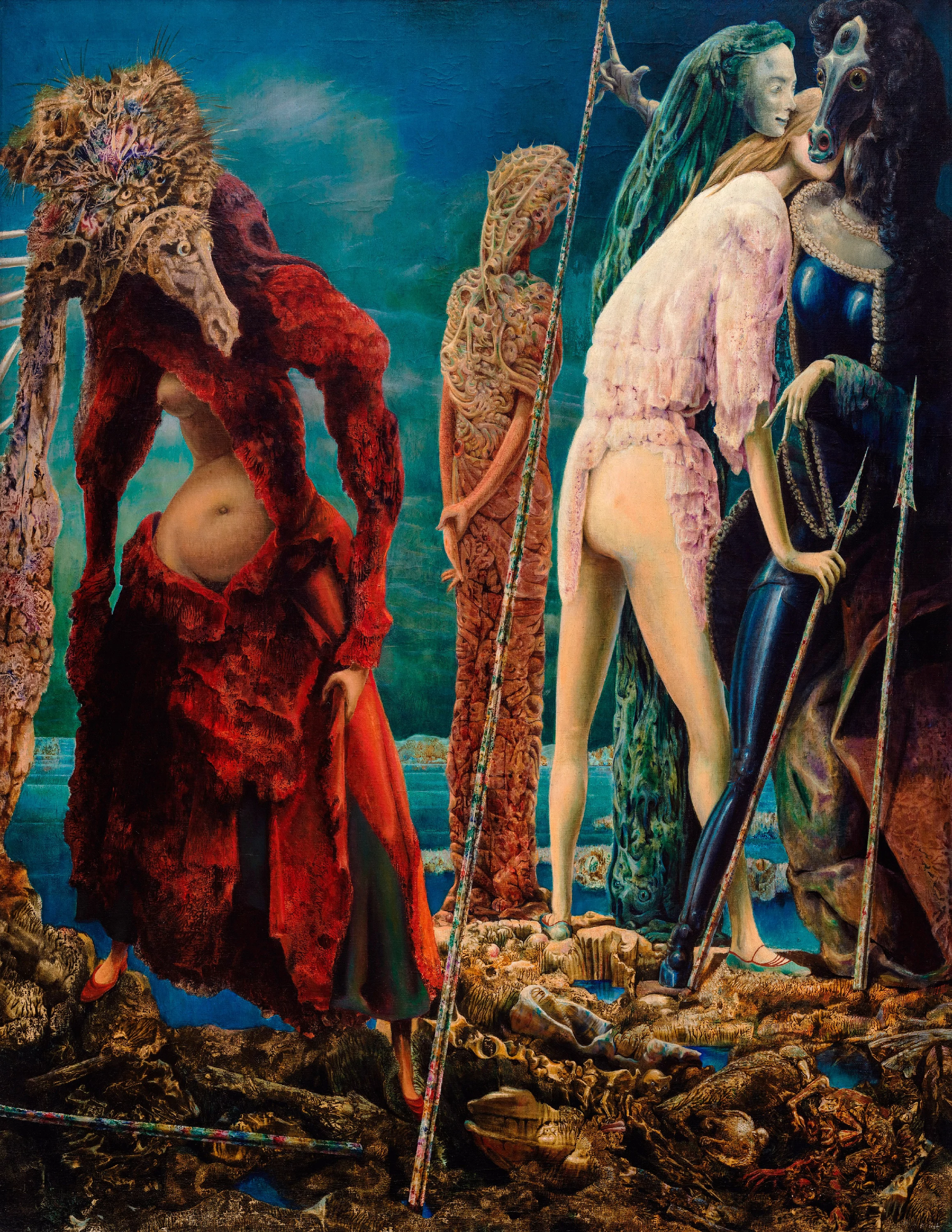
The Antipope Max Ernst, 1941 – 1942

The Cathedrals of Art Florine Stettheimer, 1942
Next Century